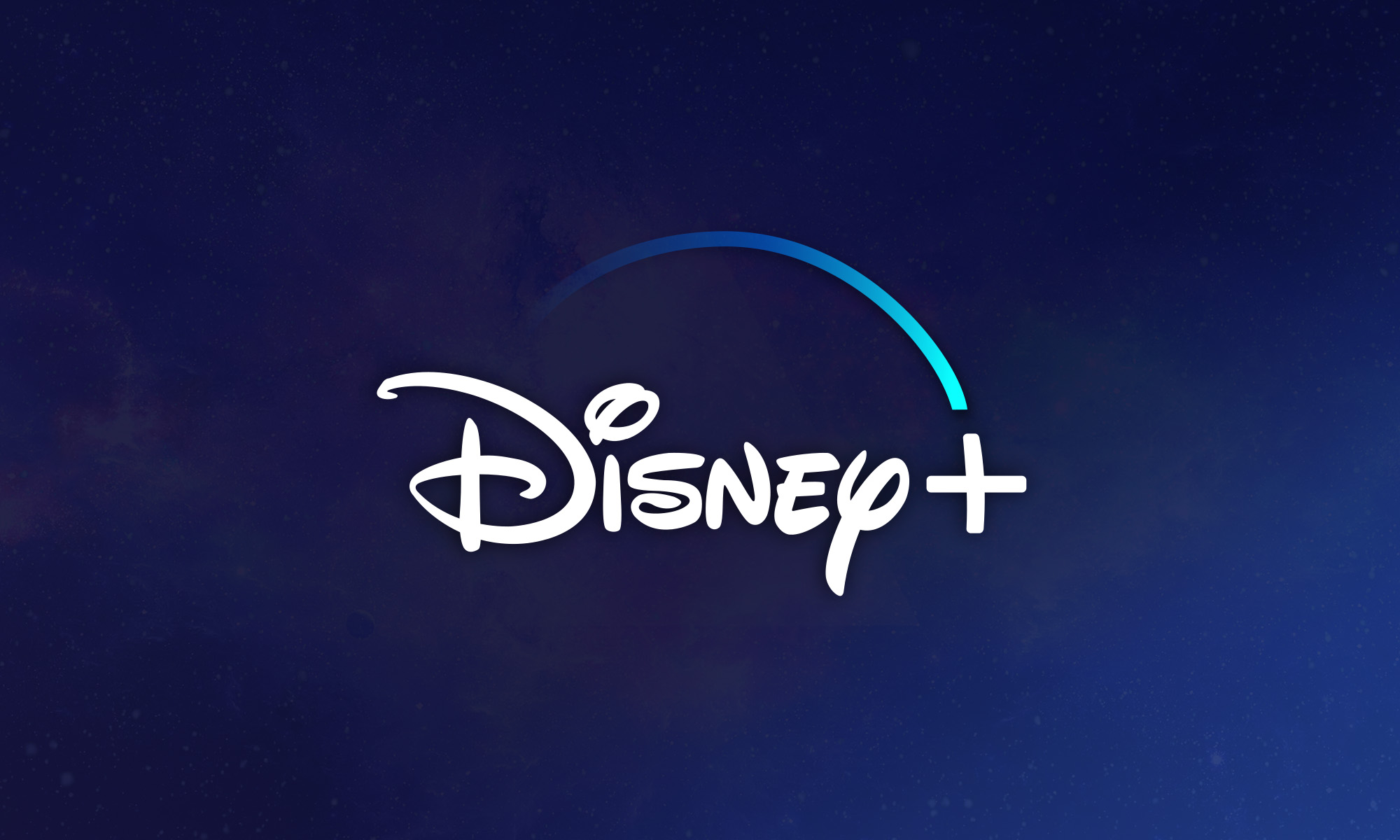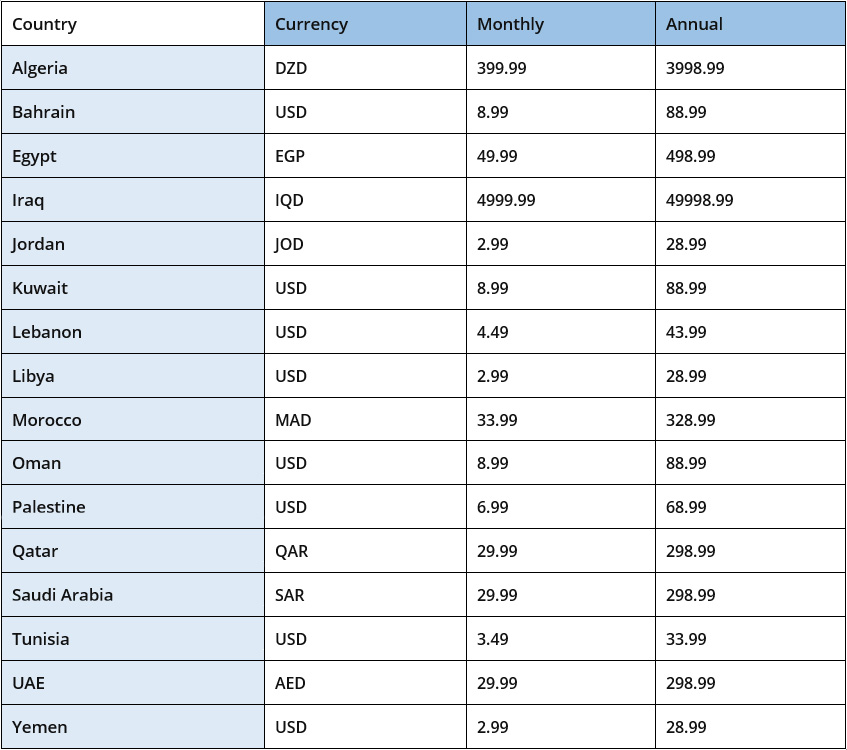News
Disney+ Confirms Its Middle East Launch Date
With a single Disney+ subscription, subscribers can watch films and television series on up to 4 devices at the same time and create profiles for up to 7 people.

Disney+, a video streaming service owned and operated by The Walt Disney Company, has just confirmed its Middle East launch date: June 8th.
In the UAE, the service will cost 29.99 AED a month or 298.99 AED a year. Disney+ subscribers can access a large library of content produced by The Walt Disney Studios and Walt Disney Television, including original films and television series.

“Subscribers will have access to Star Wars’ The Book of Boba Fett and The Mandalorian from executive producer and writer Jon Favreau,” Disney+ highlights some of its content. “Subscribers will also be able to enjoy Disney and Pixar’s Academy Award-nominated Luca and from Walt Disney Animation Studios’ Academy Award-winning Encanto.”
With a single Disney+ subscription, subscribers can watch films and television series on up to four devices at the same time and create profiles for up to seven people. Parents can create special kid-friendly profiles for the youngest family members to enable a child-friendly user interface and restrict access to potentially inappropriate content.
Also Read: 4 Smartphones Coming To The Middle East This Spring
Disney+ started in 2019 in the United States, Canada, and several other countries. The service has been steadily expanding to other markets since then.
All countries (and price guide) where Disney+ is launching on June 8th:

As of January 2022, Disney+ has around 130 million global subscribers, making it the third-largest video streaming service in the world, after Netflix (222 million) and Amazon Primo Video (175 million).
News
Google Releases Veo 2 AI Video Tool To MENA Users
The state-of-the-art video generation model is now available in Gemini, offering realistic AI-generated videos with better physics, motion, and detail.

Starting today, users of Gemini Advanced in the MENA region — and globally — can tap into Veo 2, Google’s next-generation video model.
Originally unveiled in 2024, Veo 2 has now been fully integrated into Gemini, supporting multiple languages including Arabic and English. The rollout now brings Google’s most advanced video AI directly into the hands of everyday users.
Veo 2 builds on the foundations of its predecessor with a more sophisticated understanding of the physical world. It’s designed to produce high-fidelity video content with cinematic detail, realistic motion, and greater visual consistency across a wide range of subjects and styles. Whether recreating natural landscapes, human interactions, or stylized environments, the model is capable of interpreting and translating written prompts into eight-second 720p videos that feel almost handcrafted.
Users can generate content directly through the Gemini platform — either via the web or mobile apps. The experience is pretty straightforward: users enter a text-based prompt, and Veo 2 returns a video in 16:9 landscape format, delivered as an MP4 file. These aren’t just generic clips — they can reflect creative, abstract, or highly specific scenarios, making the tool especially useful for content creators, marketers, or anyone experimenting with visual storytelling.
Also Read: Getting Started With Google Gemini: A Beginner’s Guide
To ensure transparency, each video is embedded with SynthID — a digital watermark developed by Google’s DeepMind. The watermark is invisible to the human eye but persists across editing, compression, and sharing. It identifies the video as AI-generated, addressing concerns around misinformation and media authenticity.
While Veo 2 is still in its early phases of public rollout, the technology is part of a broader push by Google to democratize advanced AI tools. With text-to-image, code generation, and now video creation integrated into Gemini, Google is positioning the platform as a full-spectrum creative assistant.
Access to Veo 2 starts today and will continue expanding in the coming weeks. Interested users can try it out at gemini.google.com or through the Gemini app on Android and iOS.

















